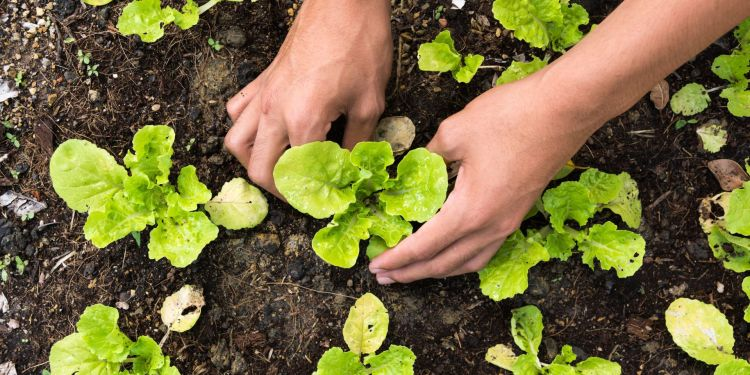
Sun-powered farms: Water makes the crops grow
Water is at the very centre of food production on farms. Farmers collect sunshine and convert it into food. Plant leaves are the tools that farmers use to convert sunlight, the energy from the sun, into food. Our job as farmers is to make sure that all factors that stop or slow the conversion of sunlight into food are unblocked.
Water is needed by plants in two critical ways. Firstly, plant leaves work like solar panels to make food, they take sunlight and convert it to food (energy). Water is necessary for this process. Secondly, water is like the plants blood and is very important for both cooling the plant and moving nutrients from the soil to where it is needed in the plant.
The diagram below shows how plants need water.

Productive factories
The energy from the sun hits the earth as the sunlight we see and feel. When the sun’s energy strikes a leaf, the leaf uses that energy to produce the fruits and vegetables that farmers sell, and people eat. All plants use sunshine to grow and thrive.
Plant leaves are marvels of nature and are very good factories that convert the energy we get from the sun into food. The best farmers make sure that the plant’s leaves are as healthy and productive as possible.
There are four main factors that affect plant growth: sunlight, temperature, water, and nutrients (see the diagram). When there is either too much or too little of any one of these four factors, the plant becomes stressed. Plant stress immediately reduces crop yields and quality. Of the four factors water is the most important aspect that farmers must manage.
The proper management of water on the farm directly reduces the negative impact of high temperatures and makes sure nutrients from fertiliser and soil are available to the plant.
ALSO READ: Women in agribusiness: Apply for WAYA Awards and win big!
Providing water for optimal growth
In the natural world plants are adapted to the place where they come from originally. There are plants that live where it is dry or wet, cool or hot, sunny or shady. But there are no plants that can live anywhere.
In farming we grow plants outside of their natural environments. For example, the cabbage family of plants originally comes from the areas of Europe and Asia that have mild climates, but we grow them in Africa under often hot and dry conditions to which they are not adapted.
We, the farmers, need to make sure that we create the best possible conditions for a plant to thrive. A big part of doing this, is by making sure the crop has the correct amount of water, not too little or too much, so the plants are not under stress.
The amazing process of converting the sun’s energy into food is called photosynthesis.
Photosynthesis can only happen if water is present. It is not possible for a leaf to photosynthesise if the leaf does not have the right amount of water inside it. When photosynthesis does not happen, the plant cannot produce food, and the farmer’s profit disappears.
Transpiration is the process of water moving through a plant and the water’s evaporation from the leaf that cools the plant.
The most successful farmers understand that plants have various needs to grow successfully. Plants need to be fed (fertiliser), they need to be protected from enemies (pest control), they need to be sheltered from overcrowding (weed management) and most importantly they must never be thirsty (irrigation).
The most widespread problem that we encounter on farms is that not enough water is reaching the roots of the plant. This means not enough water is reaching the plants leaves and this places major stress on the plant. As soon as a leaf is under stress in any way it converts less of the sun’s energy into food. This means poorer quality and reduced yields and less profit for the farmer.
To make money successfully, farmers must manage water very carefully.
- There will be more advice and suggestions about farmers and water in upcoming Netafim articles. For further information, send an email to infoza@netafim.com.
Source: Foodforafrika.com
